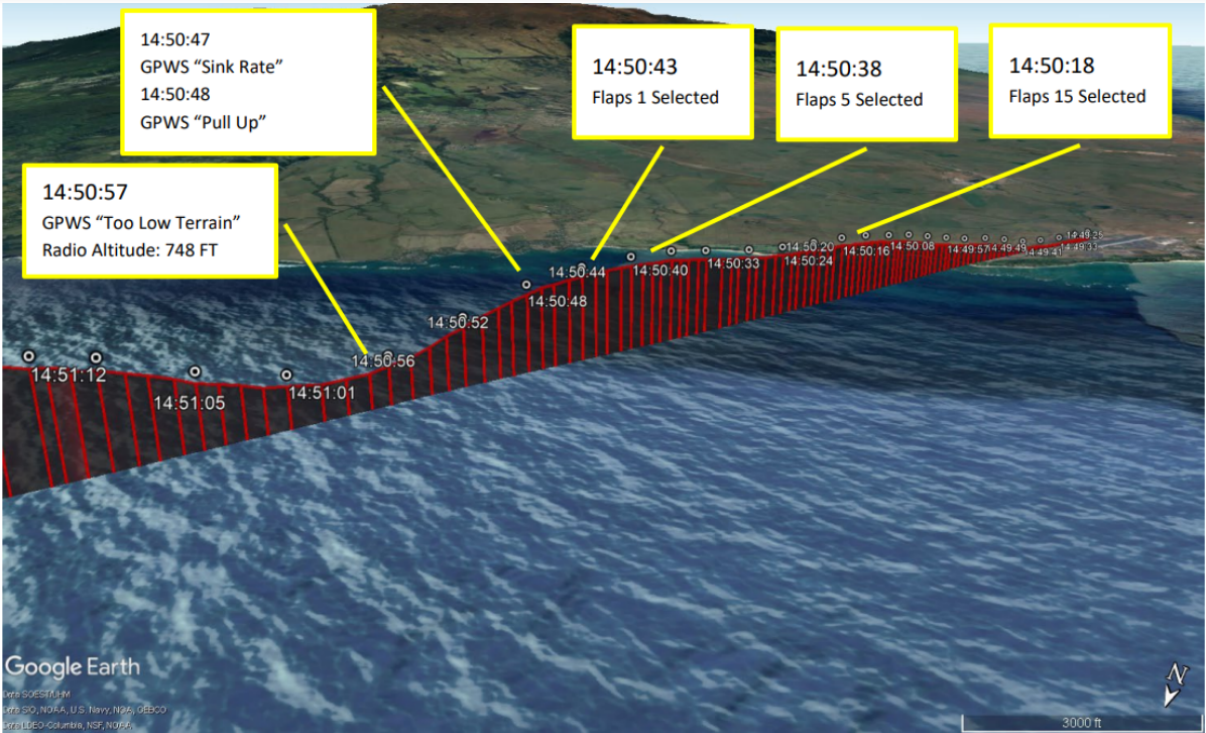The Weekly Reflektion 44/2024
Reflekt will organise a breakfast seminar Wednesday 27th November. In the seminar we will consider what the offshore petroleum industry can learn from the Grenfell Tower fire in 2017.
The seminar will be held at the Quality Hotel Pond in Forus from 0800 to 1000. A light breakfast will be served beforehand. There is plenty of free parking at and around the hotel. Please let us know if you would like to attend.
Learning from accidents and near misses has been the subject of many of our Reflektions. An important prerequisite for learning is that incidents are first reported and then investigated. The management in most companies encourage people to report incidents, however there are forces at work that prevent this happening. Sometimes it requires external parties to engage themselves and ensure incidents come to the management’s attention. It is an interesting question on how many lives could have been spared if only that accident or near miss had been reported.
Do you ensure incidents and near misses are reported?

United Airlines flight UA1722, a Boeing 777-222, departedfrom Kahului Airport, Hawaii on 18th December 2022 on its way to San Fransisco. The weather conditions, including heavy rain made flying difficult. Just after take-off the aircraftdescended from 2,100 ft to about 748 ft above the water before the crew recovered from the descent.
The crew had initially planned for a flap setting of 20° on take-off with a reduced-thrust setting. However, the ground controller advised them that low-level windshear advisories were in effect. Based on this information, the captain chose a flaps-20 maximum thrust take-off instead. He hand-flew the take-off, with the auto throttles engaged. During the take-off, the rotation and initial climb were normal; however, as the airplane continued to climb, the flight crew noted airspeed fluctuations as the airplane encountered turbulence. When the airplane reached the acceleration altitude, the captain reduced the pitch attitude slightly and called for the flap setting to be reduced to flaps 5. The first officer thought that he heard the captain announce flaps 15, which the first officer selected. The captain noticed that the maximum operating speed indicator moved to a lower value than expected, and the airspeed began to accelerate rapidly. The captain reduced the engine thrust manually, overriding the auto throttle servos, to avoid a flap overspeed. He began to diagnose the flap condition. He noticed that the flap indicator was showing 15°, and he again called for flaps 5, and he confirmed that the first officer moved the flap handle to the 5° position. While the captain and first officer were resolving the flaps problem the aircraft pitched down and the ground proximity warning system (GPWS) sounded. The captain then pulled up on the control column, initially reduced power to reduce airspeed, and then applied full power to begin the full CFIT [controlled flight into terrain] recovery. The remaining flight was uneventful.
This was not initially reported, however the NSTB became aware of the incident through the aviation news outlet ‘The Air Current’ and instigated an investigation. Unfortunately, the cockpit dialog was not available as the CVR (Cockpit Voice Recorder) had been overwritten. As a result of the incident and the investigation, United Airlines modified one of their operations training modules and issued an awareness campaign on flight management. Maybe the additional training and awareness was a factor in prevention of similar incidents and even potential crashes. Who knows, we don’t tend to investigate the successful take-offs to find out why they did not crash.
